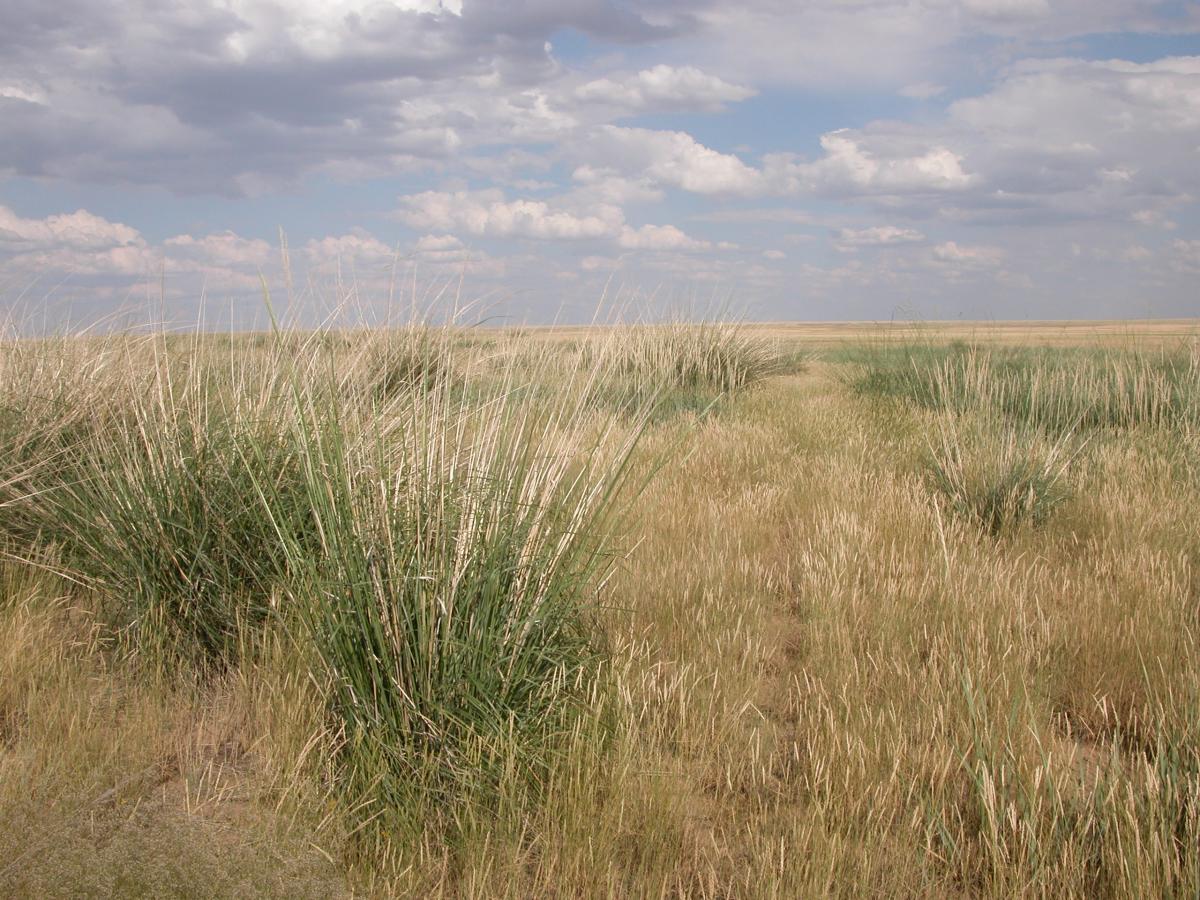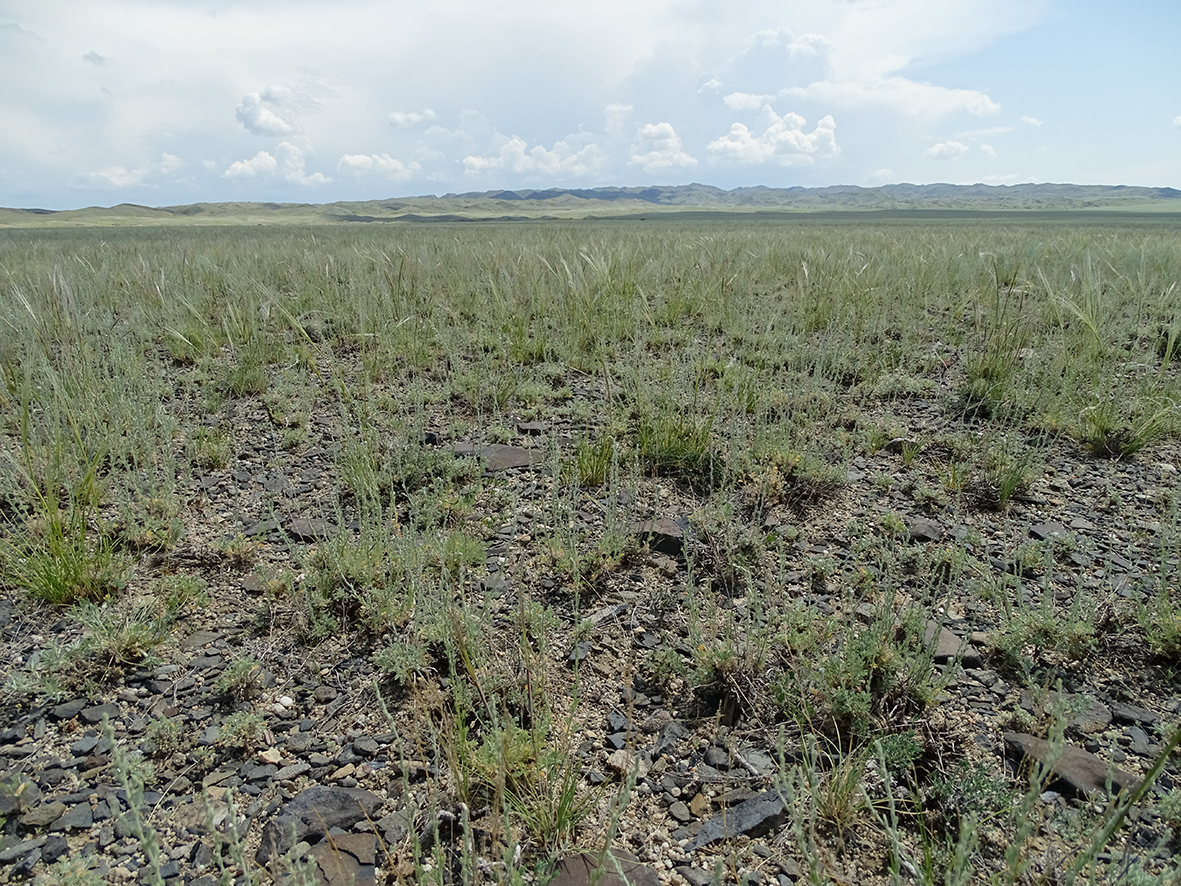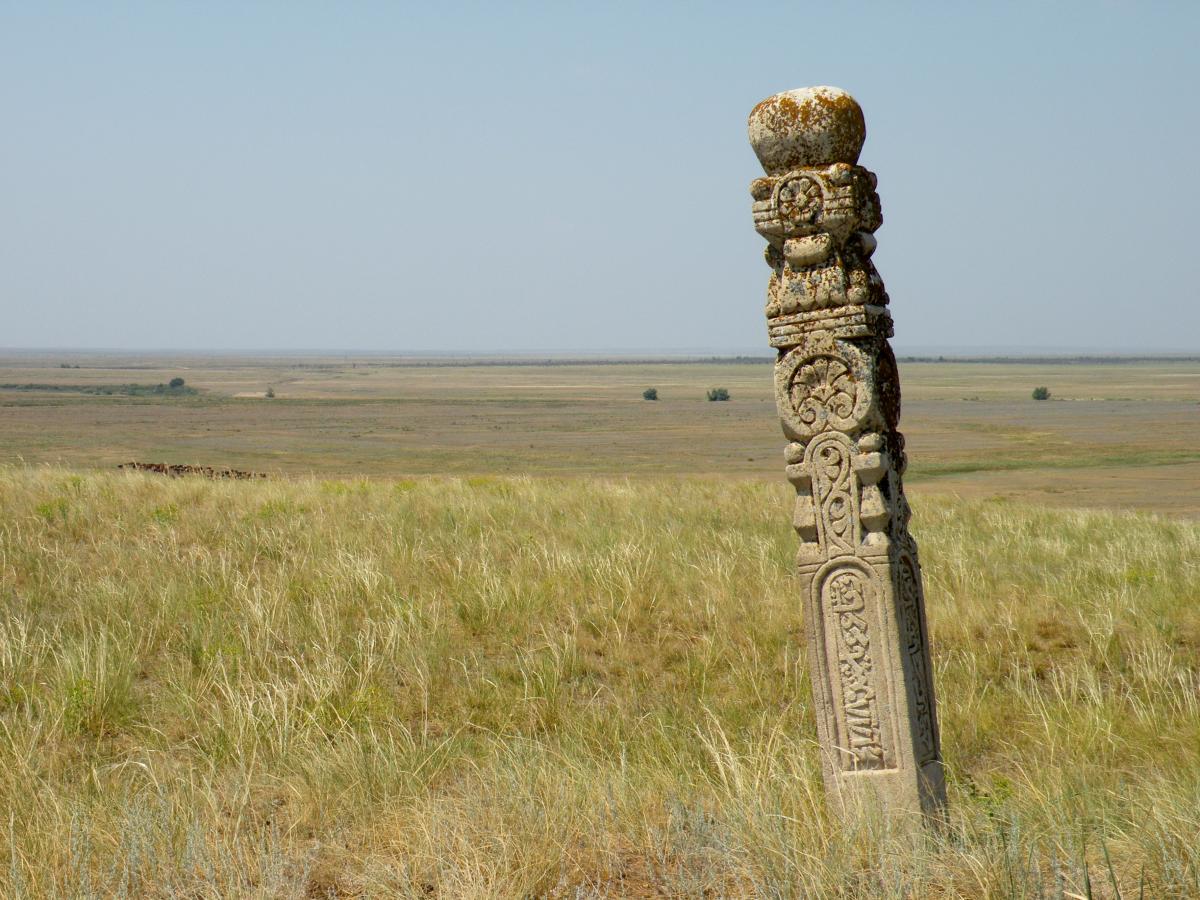Steppes of the Republic of Kazakhstan
New page of the "Virtual Encyclopedia of the Steppes"
The IUCN/CEM’s Specialist Group on "Holarctic Steppes" has prepared a new page of the "Virtual Encyclopedia of the Steppes" - Steppes of the Republic of Kazakhstan with the support of CEM, project partners and volunteer work of specialists.
Kazakhstan is one of the largest country and ranks 9th in the world. The area of the Republic of Kazakhstan is 2,724,900 km², and more than 40% is occupied by steppe ecosystems.
The Kazakhstan’s steppe is the world’s largest dry steppe region as the vast belt of dry grassland running across the country approximately along 48° to 50°N. Its boundaries coincide with a center of high atmospheric pressure, summers are hot and dry, and winters are cold. Precipitation is 250 to 300 mm a year, most of it in the spring and summer. Turf graminoids dominate these formations, primarily species in the genus Stipa. Co-dominants include genus Festuca, Koeleria, Helictotrichon. Vegetation varies considerably from north to south due to change in hydrothermal conditions. In this regard, it is divided into two zones, forest-steppe and steppe, followed by their division into subzones.
Animals that can be found in the steppes of Kazakhstan include the Saiga Antelope, Siberian Roe Deer, wolves, foxes, badgers, susliks, marmots and big number of species of birds.
The "Encyclopedia" includes some information such as a brief description of physical and geographical conditions, location of the described steppe units, vegetation cover and soils, current status (including protected areas), valuable species of flora and fauna, current land use and threats.
We hope that new pages of the "Virtual Encyclopedia of the Steppes" will soon appear.
For more information contact: Dr. Tatyana M. Bragina








